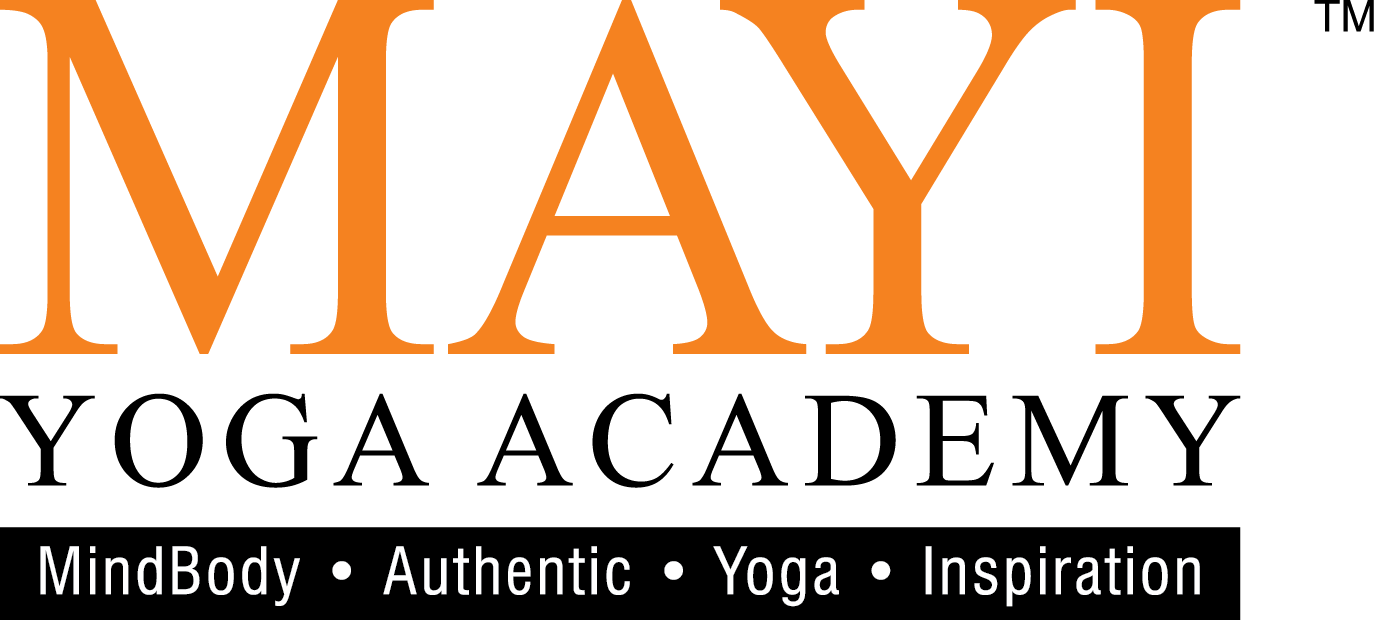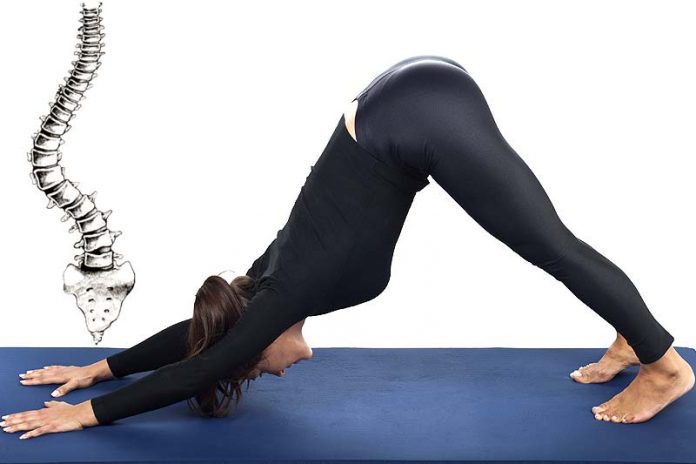By Dr.Kuga
What you need to know about Scoliosis
- Scoliosis refers to a condition where the spine is bent sideways instead of a straight alignment when seen from the back or front.
- The spine can be curved to one half of the body like the letter ‘C’ or bent to both halves of the body one after the other like the letter ‘S’.
- The severity of scoliosis is usually measured by using Cobb Angle’s method as shown below.

- The severity of the curvature is decided based on Cobb’s Angle.
- Minor (below 20 degree)
- Moderate (below 40 degree)
- Severe (above 40 degree)
- The usual treatment approach is:
- < 20 degree – Gentle exercises (yoga, swimming and brisk walking), postural education, and observing the progress of curvature without active intervention.
- < 40 degree – Gentle exercises (yoga, swimming and brisk walking), postural education, and wearing brace to prevent the curve from progressing further.
- > 40 degrees – Usually in this category, patients are advised to have a corrective spine surgery.
- Studies show that if scoliosis is not intervened, there is a high chance of it progressively leading to some complications cosmetically and internally (physical and mental).
- On the outside, the imbalance of the shoulder blades, tilted pelvis, limb length discrepancy and a hump on the back of the body may become very obvious and affect the patient’s self-perception and body image.
- On the inside, many organs such as the heart, lungs, bladder and other finer nerves are usually compressed, leading to symptoms such as fatigue, breathlessness, numbness, burning urine sensation, constipation, dullness of the mind, fullness of stomach and many more.
- Yoga asana has proven to be helpful both as supportive and standalone mode of intervention in restoring the curvature of the spine back to favourable alignment.
- The asana is sequenced to bring balance in the muscles; supporting and running parallel to the spine. Depending on the degree of curvature, other muscles too need to be targeted and worked on in a stepwise manner.
Asana for Scoliosis
Minor degree scoliosis can easily be worked on at home based on the guidelines below. The following sequence of Asanas can help to relieve the tight muscles that pull the spine to one side. It allows for a good lengthening of the spine, relieving any nervous compression in between the vertebral bones. It stimulates the muscles to realign towards the centre and helps to restore the spinal curvature.
Please AVOID any twisting pose in the early stage of practice.
1. Tadasana (Palm Tree Pose)
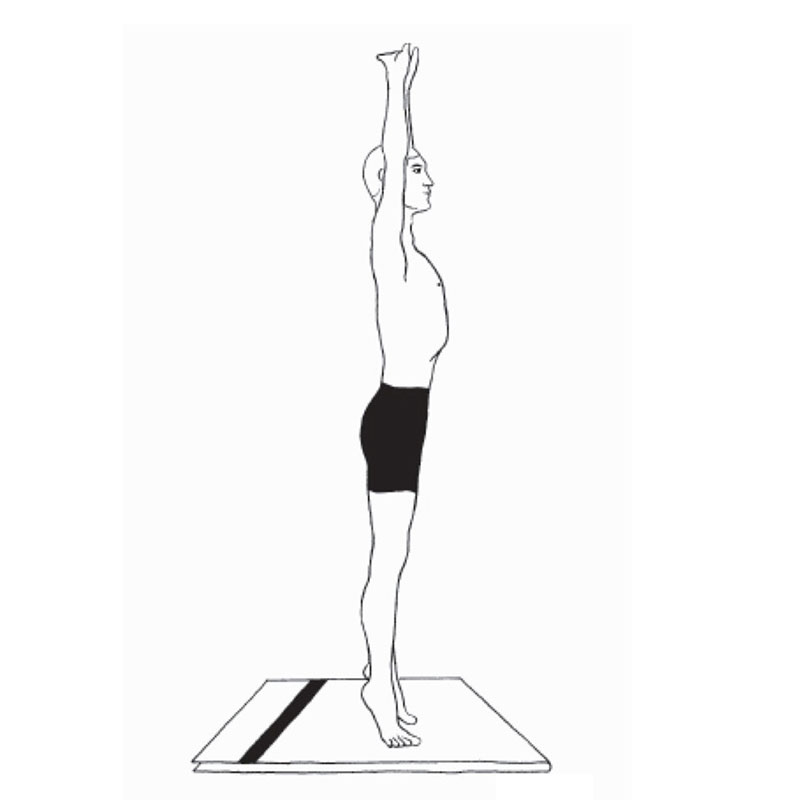
Lengthens the spine, signals for balance in muscles at the back
- Can be done without heel raise in the initial phase.
- Balance weight to feel equal on both sides of the heel.
- Pelvis to be squared and facing forward (Check for rotation and undo it).
- Shoulder blades are pulled downwards and drawn closer towards the spine.
- Arms stretched above the head, parallel to or behind the ears with elbow pointing outside.
- Feel tall, like someone pulling you from above.
- Hold the pose for 5 to 10 breaths. Repeat 2x.
2. Marjari-asana (Cat Stretch Pose)
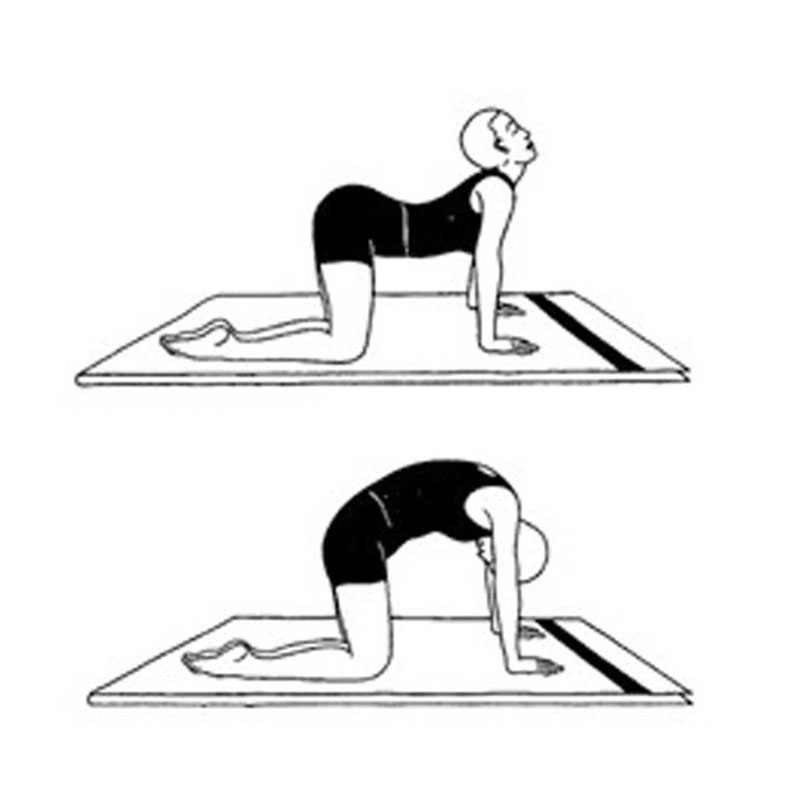
Activates erector spinae muscles and massages the spine
- Start in neutral cat pose. Place the palms under the shoulders and knees under the hips with the knees kept hip-width apart. See to it that there is a square forming between the palms and knees.
- Relax the shoulder blades and activate the chest by drawing the shoulder blades backwards, closer towards the spine.
- Mildly bend the elbows to protect them.
- Tuck the toes on the mat and hold the heels from moving when in pose.
- Inhale and drop the belly down while lifting the chest, neck and head up. Hold for 3 deep breaths here.
- Exhale slowly and deeply while tucking the buttocks in, drawing the belly deep inside and rounding the upper back. Hold for 3 deep breaths here. Repeat 2x.
3. Parvatasana (Mountain Pose)
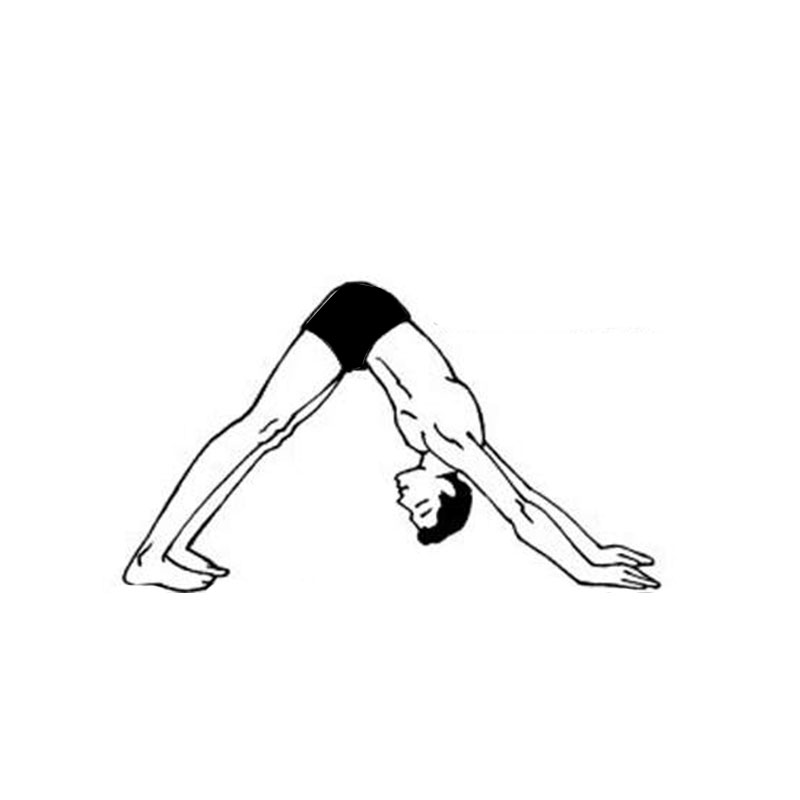
Activates and stretches hamstring, calves, soles and spine
- Start in neutral cat pose. Place the palms under the shoulders and knees under the hips with the knees hip-width apart. See to it that there is a square forming between the palms and knees.
- Relax the shoulder blades and activate the chest by drawing the shoulder blades backwards closer towards the spine.
- Mildly bend the elbows to protect them.
- Lift the knees off the ground and push the buttocks backwards and upwards towards the sky.
- Lock the knees and try to press the heel downwards on the floor while keeping the feet facing forward.
- Look in between the legs and do 3 to 5 deep breathings.
- Exhale slowly and release the pose. Repeat 2x.
4. Balasana (Child Pose)
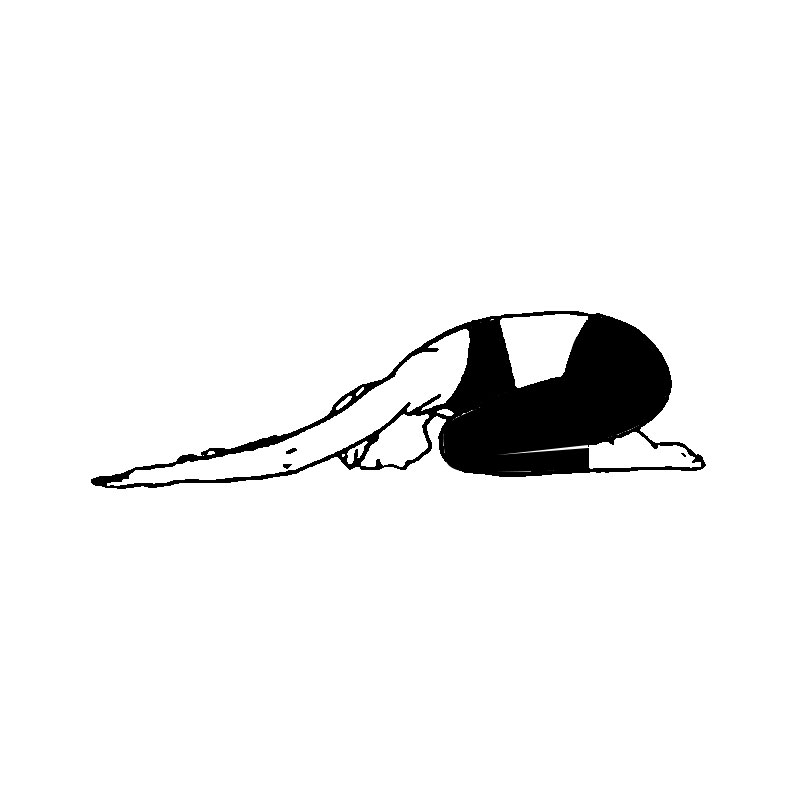
Stretches the gluteal region while relaxing the spine
- Start in neutral cat pose. Place the palms under the shoulders and knees under the hips with the knees hip-width apart. See to it that there is a square forming between the palms and knees.
- Flatten the ankles and slowly drop the buttocks towards the heels. Place a pillow in between the buttocks and heels to bridge the gap if any.
- Ensure feet are parallel to one another at the back, toes facing back.
- Knees can be open to creating space for the abdomen to relax.
- Drop the weight on the shoulders completely and allow a good space to be maintained between the ear lobe and the top of the shoulders.
- Rest here for 10 deep breaths. Repeat 2x.
5. Halasana (Plough Pose)
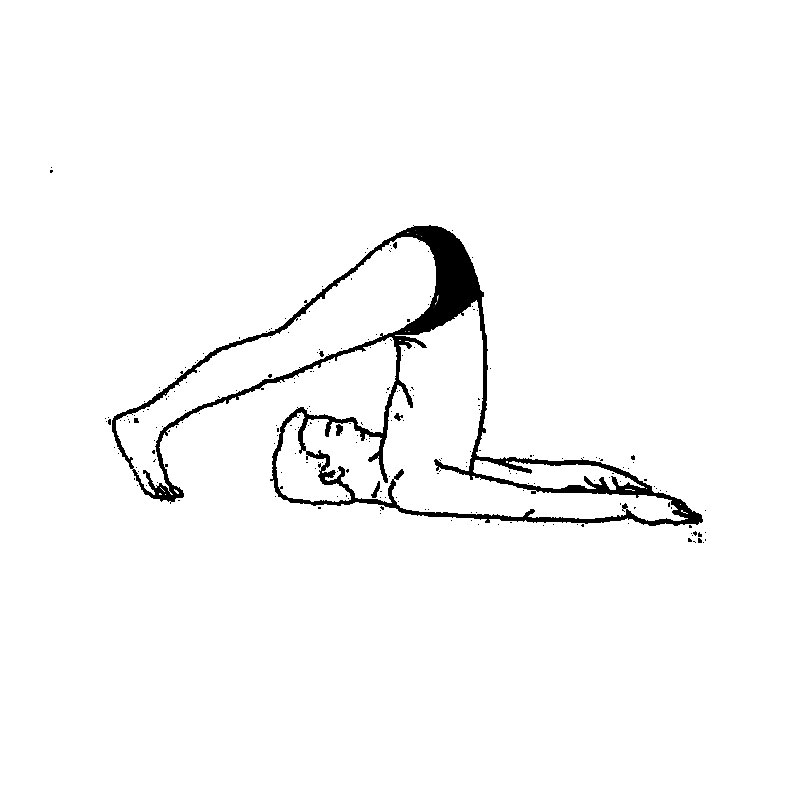
Uses the lower body weight to induce traction on the spine
- Start in shavasana (corpse pose). Relax the whole body by doing a few rounds of deep breathing. Consciously relax all muscles which are tight by bringing the mind to focus on it and breathe the tension away.
- Once ready, draw the knees close to the abdomen and gently lift it high up towards the sky.
- Use the body’s momentum to lift the lower back with the support of the hands (place the hands at the lower back and give a gentle push).
- Slowly and cautiously lower down the feet backward until a comfortable point (continue using the hands to support the back while dropping the feet backward).
- Ensure breathing is comfortable, back is straight and pelvis is neutral.
- Rest here for 10 deep breaths before slowly returning to shavasana. Repeat 2x.
